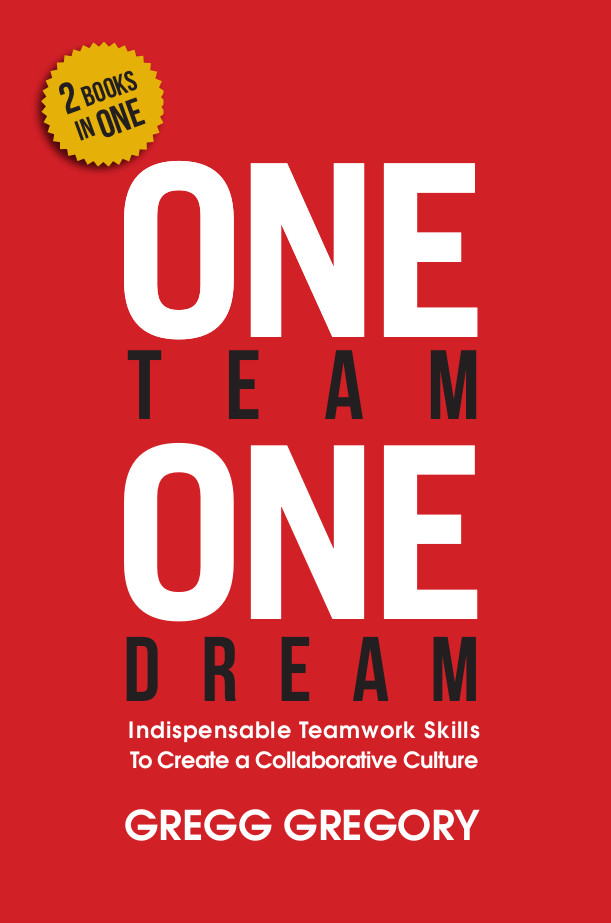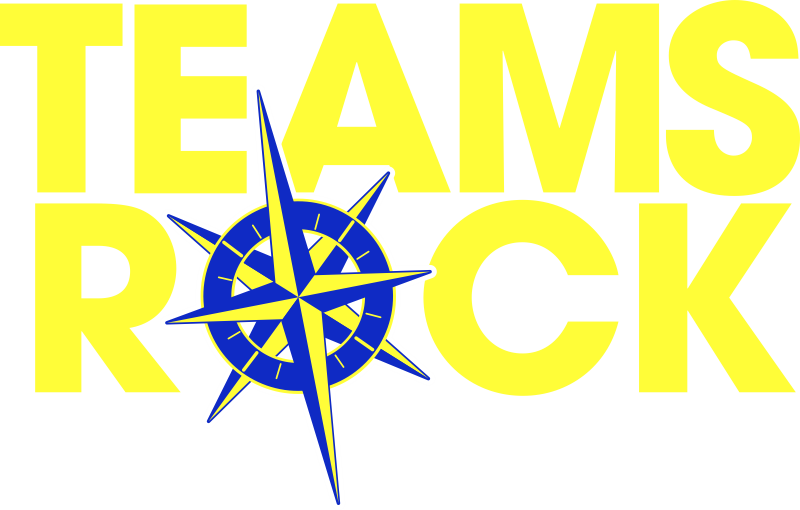Where Team Development Begins To Shine
As a new team begins to develop—or as an existing team is refocused or rebuilt—it moves through the two initial stages of Team Matriculation: the honeymoon phase of Forming, where everyone gets to know each other and ground rules are established; and the boundaries-testing stage of Storming.
As team members move out of the Storming stage, a third, natural team matriculation stage begins: Norming. After the sometimes-stressful Storming stage, where sub-groups form within the team and conflicts arise in many areas, Norming is where things begin to calm down. Team members begin to recognize the purpose of the team, and they become less resistant to others’ ideas. The stress that often accompanies change begins to lessen, and team members become more comfortable with their roles as well as those of their co-workers.
 The type of questions that team members ask will change. Rather than asking questions about structure—“Should Tom be assigned to that task? Would it be better if Judy did that?”—their questions are ones that clarify things for them. For example, “Should both of these tasks be completed by the 5:00 p.m. deadline?”
The type of questions that team members ask will change. Rather than asking questions about structure—“Should Tom be assigned to that task? Would it be better if Judy did that?”—their questions are ones that clarify things for them. For example, “Should both of these tasks be completed by the 5:00 p.m. deadline?”
Team members begin to cooperate more and collaborate with each other. They step onto the path toward becoming a cohesive, successful team.
Now—because the team is still in the matriculation process, it’s very easy for the team to slip back to the Storming stage. This can happen when new projects or new challenges are given to the team, especially if these new elements disrupt some of the just-established ground rules.
For team leaders, it’s important to quickly recognize when a team is slipping back into the Storming stage and help the team stay moving toward Norming and the fourth, desirable stage, Performing. Review the purpose of the team with them. Take a more participative stance, and brainstorm with the team on ways to solve issues with processes or better meet goals. Remember to keep discussion and conflict focused on ideas, and away from personal attacks.
If, for example, an addition or change in the tasks assigned to a team affect the way the team’s ground rules work, then it’s important to work with the team to adjust the ground rules to accommodate the new process or task. By the team leader taking a participative stance in this brainstorming session, the team gets an opportunity to self-regulate and to feel they’re making a contribution to the team. It also opens them further to collaboration—and starts building trust between each other and the team leader.
 Excerpted from One Team, One Dream by Gregg Gregory
Excerpted from One Team, One Dream by Gregg Gregory
For more information, get your copy of Gregg’s book, One Team, One Dream today! Available in both print and electronic versions!
Bring Gregg to you!
Featured seminar – Synchronize Your Team


Leave A Comment